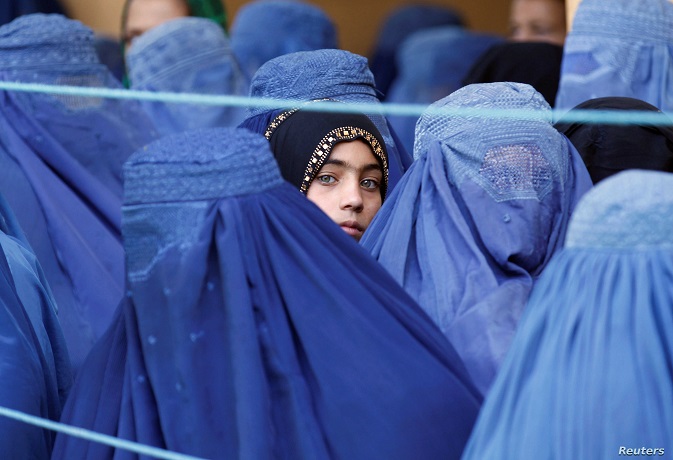According to an UN-backed assessment released on Monday, over half of Afghanistan’s population faces severe hunger.
Over 20 million Afghans are suffering from “high acute food insecurity,” according to the most recent food security phase classification from the Integrated Food Security Phase Classification (IPC).
IPC partners, which include the UN Food and Agriculture Organization (FAO), the World Food Program (WFP), and UN-backed NGOs, conducted the analysis in January and February.
Out of a total population of 40 million, the study categorises around 6.6 million individuals as being in an emergency (IPC 4) and another 13 million as being in a crisis (phase 3). Afghanistan’s food security situation remains very worrying, despite enormous humanitarian food aid supplied by organisations like the UN and others.
The economic downturn and skyrocketing food costs have only made matters worse.
Between March and May of this year, half of the country was facing high and critical acute food insecurity, according to a study by the United Nations. About 6.6 million of these people are food insecure and/or resort to desperate measures to get food.
Ghor, one of Afghanistan’s most distant and vulnerable regions, was the first province to experience catastrophe circumstances (IPC phase 5) since IPC was introduced in Afghanistan.
In order to avoid future deterioration, the study urged prompt action.
Comparing November 2021 to March 2022, when IPC Phase 3 and above was assigned to 22.8 million individuals, the drop in the number of persons experiencing acute food insecurity at these levels has been negligible.
A major factor in getting food to the neediest is the enhanced ability of humanitarian organisations to reach people in rural regions that are vulnerable during the winter months.
There are several causes that contribute to this hunger, including droughts and rising food costs; the lasting effects of decades of violence; and an economic collapse caused by the political shift.
A little increase in food availability and access is expected between now and November, according to the surveyors, bringing the number of persons experiencing acute food security down from 19.7 million to 18.9 million.
IPC Phase 3 Crisis is expected to affect 13 million people, whereas IPC Phase 3 Emergency affects six million (IPC Phase 4).
Several variables are predicted to further impede the expected seasonal improvement, given the country’s below-average harvest expectations in most of the country, according to the research. Many of these changes are important to society and the economy, such as the GDP drop from 20 to 16 billion dollars predicted this year.
In addition, the ongoing Russia-Ukraine war has caused a decrease in development projects, a disturbance in the supply chain, and an increase in the cost of food, gasoline, and fertiliser.
Because of the Ukraine conflict and the lingering sanctions against the de facto government, inflation has reached historic levels in the country.
Household hardship is exacerbated by the expected decline in Humanitarian Food Assistance after the month of May. At the present time, 38 percent of people received two-thirds of their daily food rations, but in the June-November estimate, just eight percent of the population is predicted to get help.
Works at The Truth International Magazine. My area of interest includes international relations, peace & conflict studies, qualitative & quantitative research in social sciences, and world politics. Reach@ [email protected]










